Scaling Huayna Potosí's 6,088-meter summit is a rite of passage for adventurers. This glaciated giant near La Paz offers beginner-friendly routes and technical challenges amidst breathtaking Andean landscapes.
Rising like a frozen sentinel above Bolivia's altiplano, Huayna Potosí stands as one of the most accessible 6,000-meter peaks in the Andes. Its near-perfect pyramidal shape has made it iconic - what the Matterhorn is to the Alps, Huayna Potosí is to South America. But beyond its photogenic silhouette lies a climb that blends rich mountaineering history with very real challenges.
The mountain's name, meaning "Young Riches" in Aymara, suggests its dual nature: it is both a treasure for climbers and a sacred site for indigenous communities. What makes Huayna Potosí particularly special is its rare combination of accessibility and genuine high-altitude experience. Located just 25 km from La Paz, it serves as a training ground for aspiring Himalayan climbers, while remaining accessible to fit beginners under the guidance of experts.
Historical significance
Huayna Potosí's climbing history reads like an Andean adventure novel. The first recorded ascent in 1919 by German climbers Rudolf Dienst and Adolf Schulze opened the floodgates to international mountaineers. But long before their expedition, the mountain held deep spiritual significance for the Aymara people, who still perform ceremonies honouring Pachamama (Mother Earth) at its base.
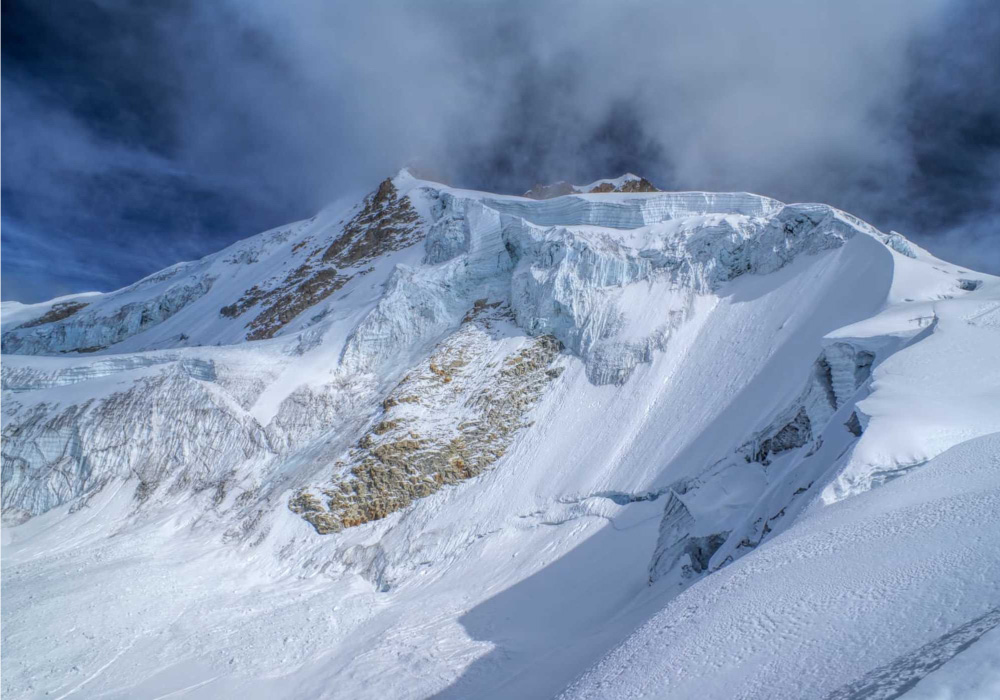
The mountain played a surprising role in Bolivia's mining history. During the Spanish colonial period, prospectors braved its slopes in search of the legendary Cerro Rico's little brother. Today, vintage mining equipment still dots some approach trails, silent witnesses to bygone dreams of mineral wealth.
Located near La Paz in the Andes, Huayna Potosi is part of the Cordillera Real mountain range. Its close proximity to Bolivia’s capital and relatively non-technical ascent route have made it an attractive destination for climbers across the globe.
Some key features that contribute to its appeal include:
- Accessibility: Only about an hour’s drive from La Paz, making it ideal for short expeditions.
- Altitude experience: Offers a true high-altitude challenge at over 6,000 meters.
- Visual drama: Surrounded by glaciers, valleys, and lakes, the scenery is breathtaking.
- Gateway Peak: Often used as a stepping stone for higher Andean climbs.
Beyond the physical climb, Huayna Potosi represents resilience and natural majesty, attracting both mountaineers and those interested in Andean culture.
The climbing experience
Huayna Potosí is often called “the most accessible 6,000-meter peak in the world”—but make no mistake, this is still a high-altitude adventure that demands preparation, fitness, and respect for the mountain. Climbing it is a rite of passage for many mountaineers visiting Bolivia, offering both an introduction to glacier climbing and a technical challenge for more seasoned alpinists. With its close proximity to La Paz and its relatively short approach, Huayna Potosí offers a rare opportunity to summit a 6,000-meter peak in just a few days.
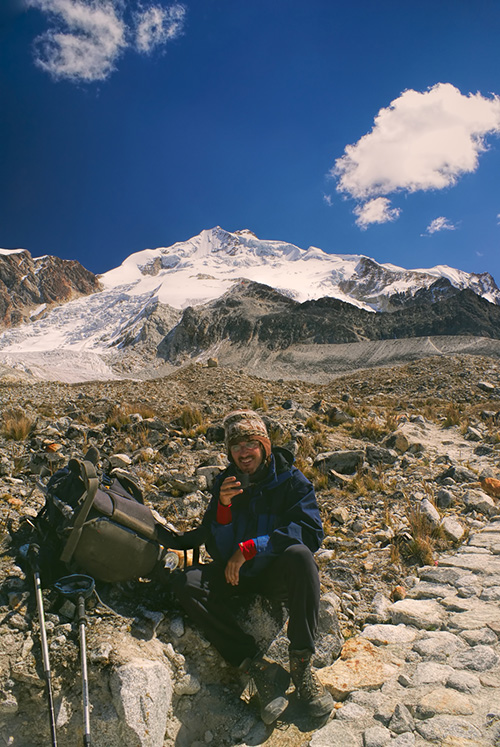
Choosing your route
There are two main routes to the summit, each offering a distinct experience. Whether you're taking your first steps into high-altitude mountaineering or seeking a more technical and isolated ascent, Huayna Potosí has something for you.
-
The Normal Route (PD): This is the most popular path and ideal for beginners looking to climb their first 6,000-meter peak. It follows a steady incline along the glacier-covered west face, with moderate slopes and no major technical sections. Basic crampon and ice axe skills are sufficient, and the typical 3-day itinerary allows for gradual acclimatization, including an overnight at high camp before the summit push.
-
The French Route (AD): For more experienced climbers, the French Route presents a significantly more technical alternative. Starting from the Zongo Valley like the Normal Route, it quickly diverges to tackle steep ice walls and narrow, exposed ridgelines with gradients reaching up to 60°. The route often requires four days, including additional acclimatization and careful route-finding. In return, climbers are rewarded with a quieter, more challenging ascent and breathtaking views untouched by crowds.
| Route | Difficulty | Duration | Best For |
|---|---|---|---|
| Normal | PD | 3 days | Beginners |
| French | AD | 4 days | Experienced climbers |
Both routes culminate at the summit ridge, where you’ll be rewarded with sweeping vistas over the Cordillera Real, the Amazon basin to the north, and the Altiplano stretching endlessly to the west. Whichever path you choose, the journey to Huayna Potosí’s summit is one of the most achievable and unforgettable high-altitude experiences in the Andes.
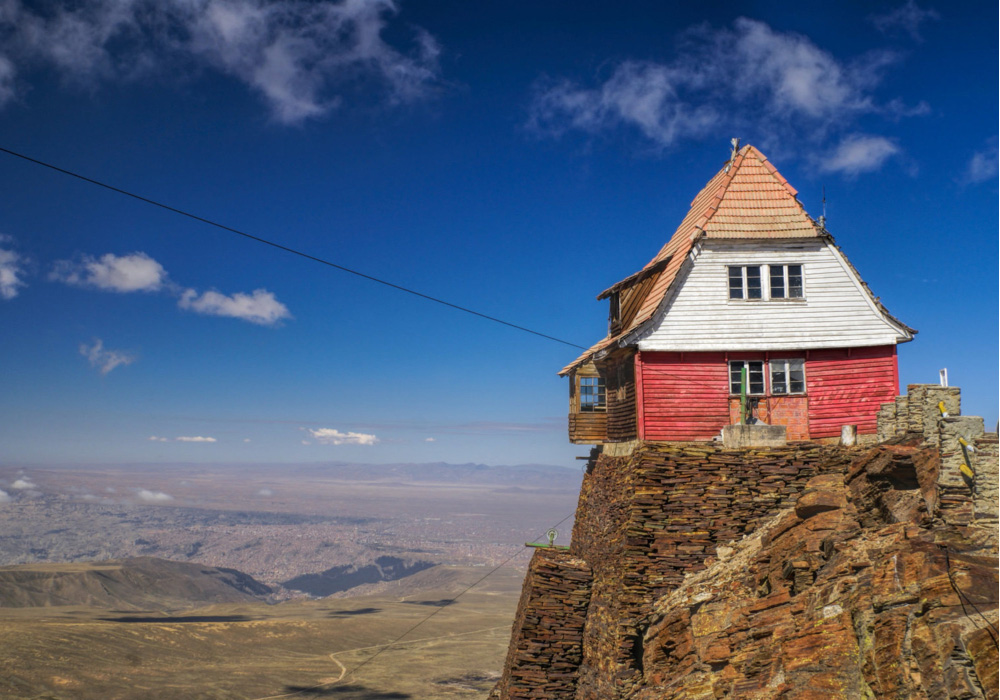
Recommended techniques
Acclimatization is one of the most critical aspects of preparing for a successful climb of Huayna Potosí. At over 6,000 meters, the effects of high altitude are real—even for fit and experienced climbers. Symptoms such as headaches, nausea, and fatigue can strike quickly if your body hasn't had sufficient time to adapt. Fortunately, a few proven techniques can significantly improve your chances of staying healthy, strong, and summit-ready. By combining these strategies, you can reduce your risk of altitude sickness and enhance your enjoyment of the climb.
Here are some recommended techniques:
-
Gradual ascent
One of the golden rules of high-altitude climbing is to take your time. Rushing to gain elevation is one of the quickest paths to altitude sickness. Ideally, you should spend several days at intermediate altitudes—such as La Paz (3,640 meters) or nearby peaks like Chacaltaya—before moving toward Huayna Potosí base camp. This allows your body to produce more red blood cells, which carry oxygen more efficiently. -
Hydration
At altitude, your body loses moisture more rapidly through respiration and evaporation. Dehydration exacerbates the symptoms of altitude sickness, so aim to drink more water than usual—often 3 to 4 litres per day. Avoid excessive caffeine or alcohol, which can dehydrate you and interfere with acclimatization.
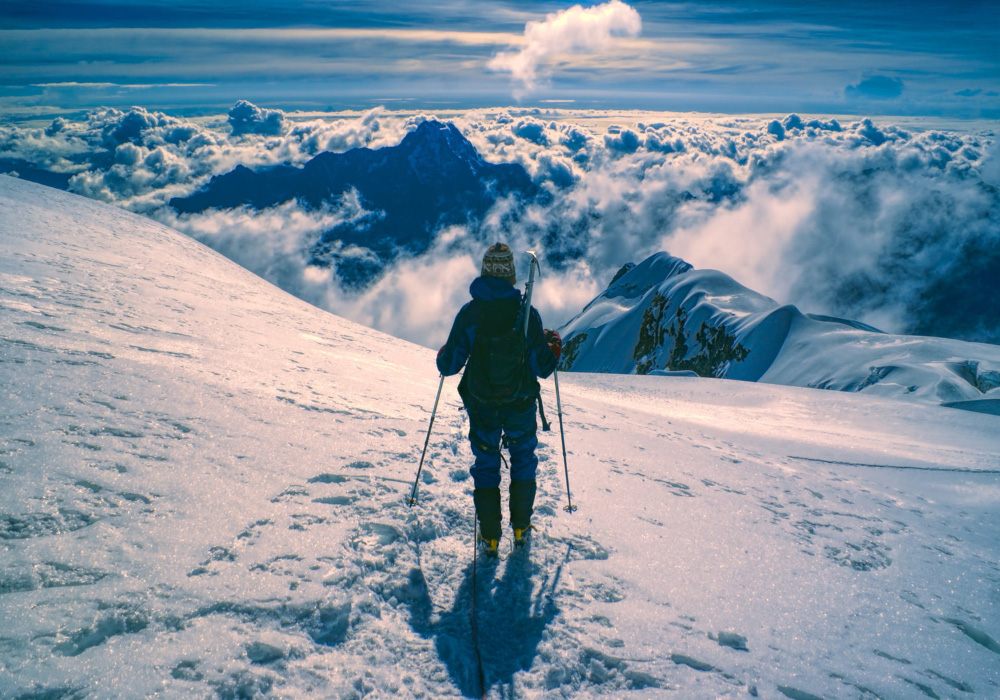
-
Rest days
Building on rest days isn’t slacking—it’s a smart strategy. Your body needs time to adjust, especially after major altitude gains. On rest days, take light walks or short hikes rather than full exertion. This approach, known as "climb high, sleep low," helps you adapt without overwhelming your system. -
Healthy diet
At higher altitudes, your digestive system slows down, and your energy requirements increase. A diet high in complex carbohydrates—like rice, pasta, and whole grains—provides readily accessible fuel and is easier to digest than fats or proteins. Eating smaller, frequent meals can also help maintain your energy levels and minimize nausea. -
Altitude training camps
If you have time and access, consider staying at altitude training lodges or camps before your summit bid. These facilities enable your body to simulate living conditions at high elevation, providing structured programs to optimize physiological adaptation. Some mountaineering companies around La Paz offer pre-climb acclimatization treks or overnight stays at elevations above 4,000 meters.
Each of these techniques contributes to a safer and more effective acclimatization process. The more deliberate your preparation, the greater your chances of enjoying not just the summit, but the entire experience of climbing Huayna Potosí.
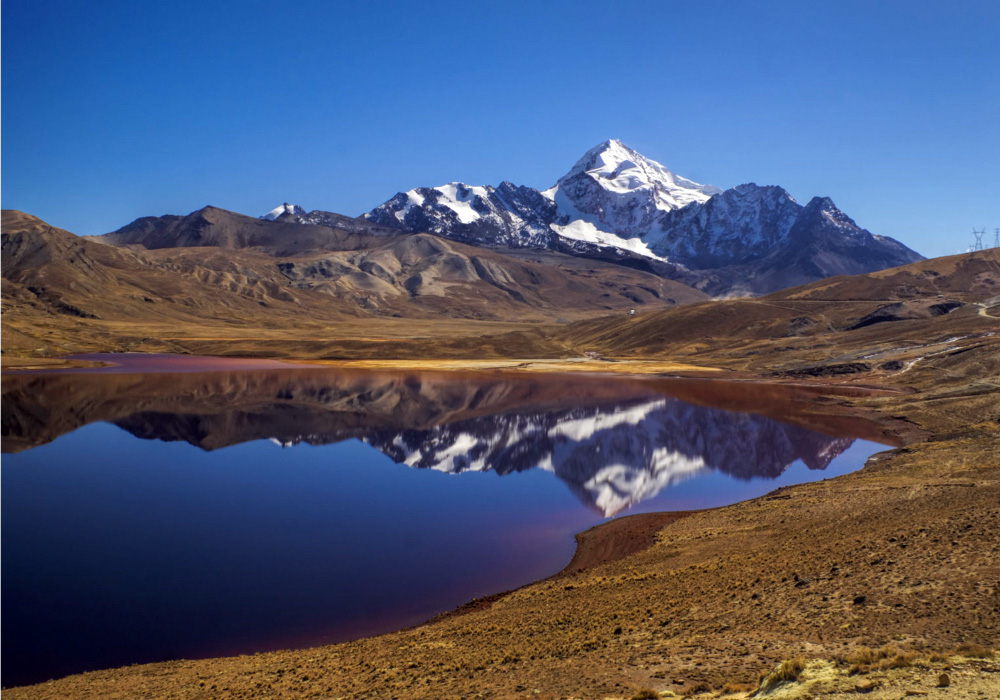
Descent challenges
Reaching the summit of Huayna Potosí is an incredible accomplishment—but the climb isn’t over yet. In fact, for many mountaineers, the descent proves to be the most mentally and physically demanding part of the journey. After the high of standing at over 6,000 meters, the return to base camp requires renewed focus, control, and stamina. Mistakes often occur on the way down when fatigue sets in and concentration fades. Understanding the unique challenges of descending can help you stay alert and safe until you’re off the glacier.
Key descent challenges include:
-
Fatigue
The combination of high altitude, adrenaline crash, and extended exertion takes a toll. By the time climbers begin descending, they’ve often been moving for 6–10 hours or more with limited rest. Tired legs and reduced coordination can increase the risk of slips and falls. Be sure to rest at key checkpoints and refuel with snacks and water when possible. -
Steep slopes
Descending steep, icy terrain—especially sections climbed in the dark—requires careful technique. It's essential to maintain a secure footing and deliberate movements, often facing uphill in steeper sections or using the French technique (flat-footed) for less aggressive gradients. Proper use of your ice axe as a braking tool and crampons for traction is vital. -
Weather conditions
The weather can shift quickly on Huayna Potosí, particularly in the late morning or early afternoon. Winds often pick up as the day progresses, reducing visibility and increasing the chill factor. Sudden whiteouts or snow flurries can disorient climbers and complicate the return route, especially on the glacier. Always check conditions before your summit bid and prepare for colder, harsher weather during the descent.
Pacing yourself on the way down is just as important as on the way up. Stay mentally engaged, communicate regularly with your guide or climbing partners, and don't hesitate to stop and regroup if needed. A careful, steady descent ensures that your climb ends not only in triumph—but in safety.
Final thoughts
Huayna Potosí represents the perfect introduction to high-altitude mountaineering. Its glaciers teach essential skills, its thin air tests resolve, and its summit rewards with what many describe as the most breathtaking sunrise in the Andes. But beyond the physical achievement, the mountain offers a profound connection to Bolivia's living traditions and landscapes.
What makes this climb truly special is its democratic nature - where else can first-time mountaineers stand atop a 6,000-meter peak just days after learning ice axe techniques? Huayna Potosí doesn't just change your altitude; it changes your perspective. As one veteran guide puts it: "The mountain doesn't care about your resume. It only asks for respect, preparation, and an open heart." Those who bring these qualities will carry the memory of its icy slopes and golden dawns forever.



Comments powered by CComment